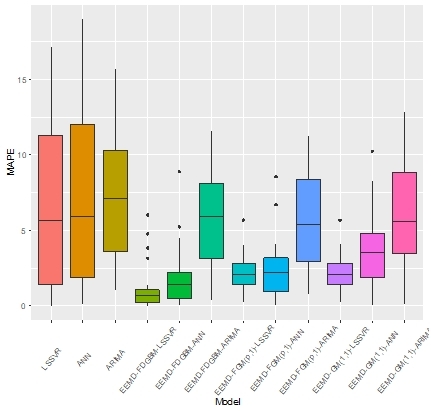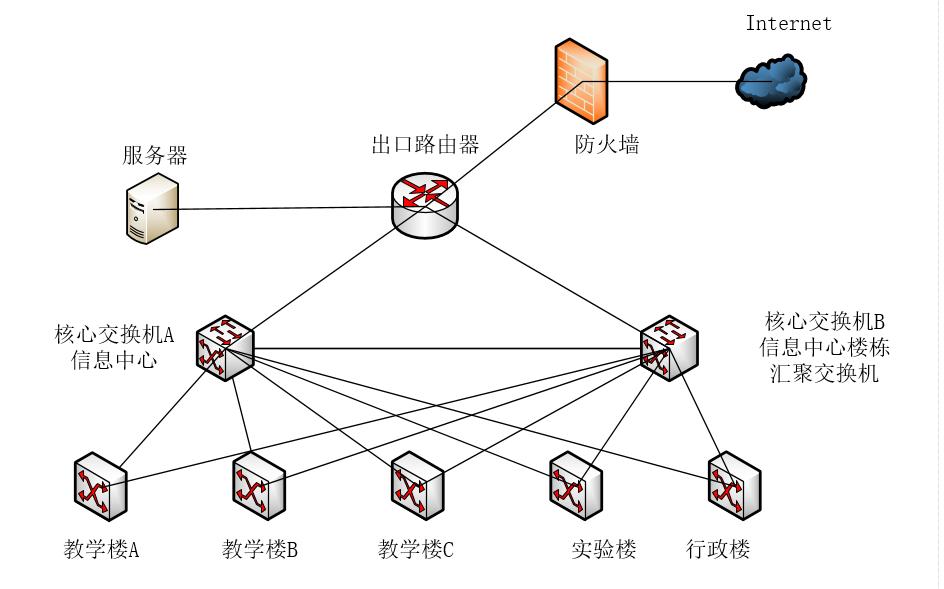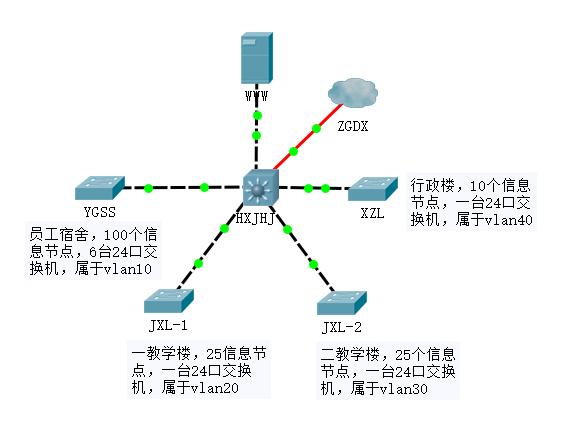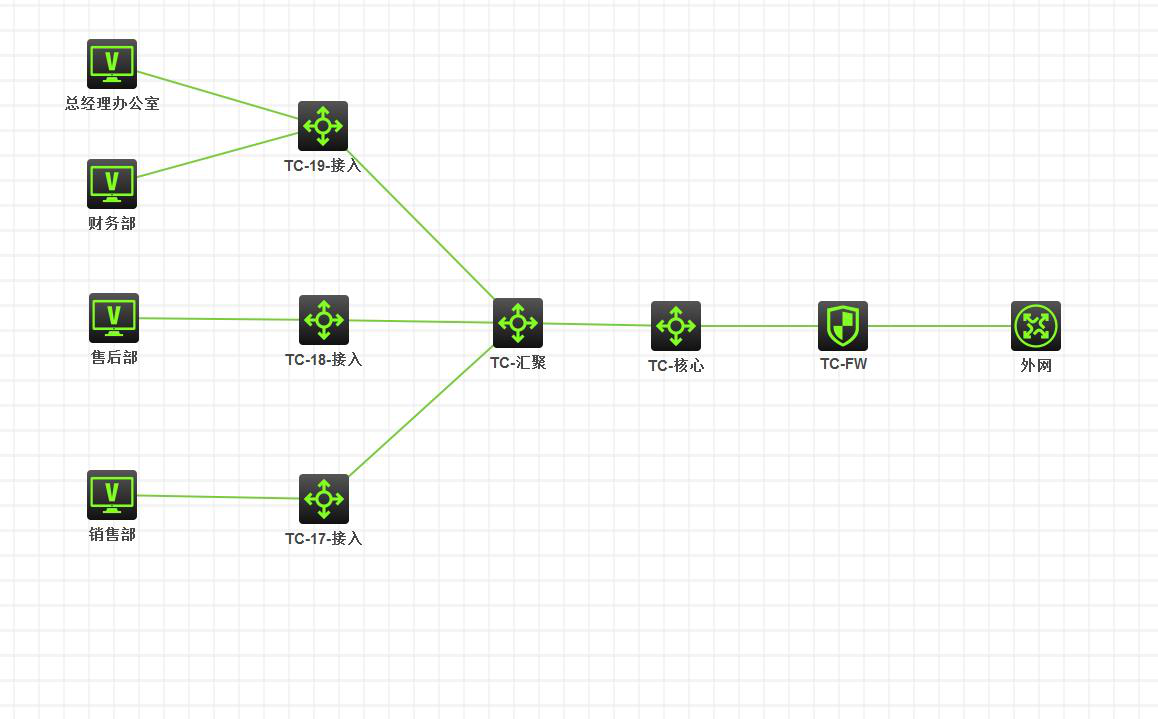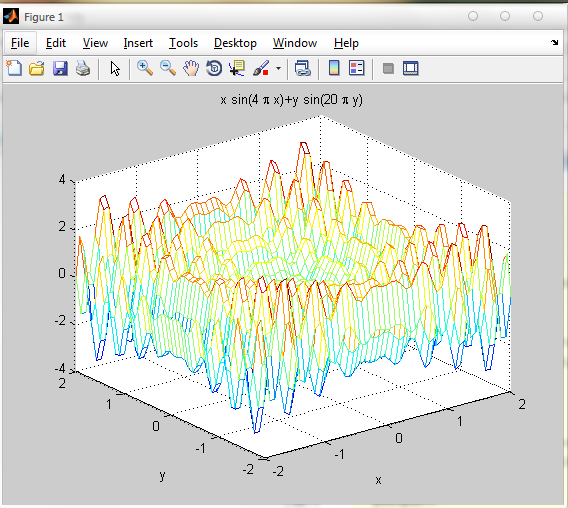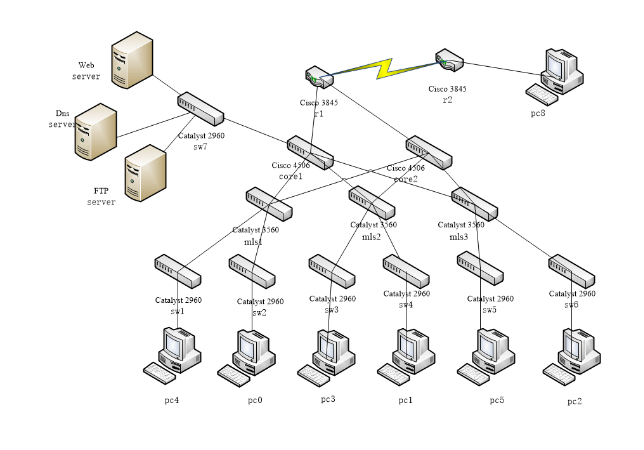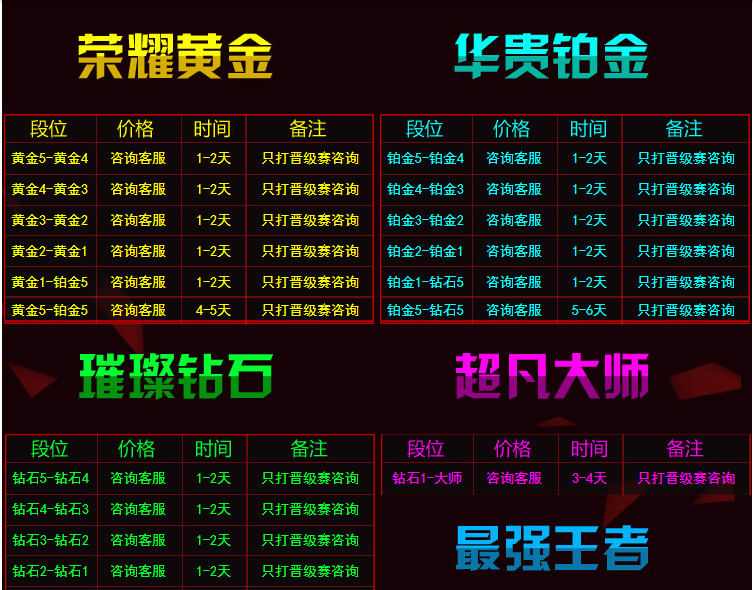苏ICP备112451047180号-6
基于一种分解集成模型的清洁能源预测
摘要:随着经济和社会的高速发展,人们对能源的需求呈现猛烈增长的态势,对能源的质量要求也越来越高,清洁能源作为一种新兴能源形式,具有低污染、总量丰富、循环使用,未来开发潜力巨大等特点,关于清洁能源的预测研究越来越受到人们的重视。本文以清洁能源的产量和消费量为研究对象,首先利用R/S方法对其长期记忆性进行判断和分析,发现清洁能源的产量和消费量具有长期记忆性。然后提出一种具有记忆性的分数阶导数灰色伯努利模型(FDGBM(p,1)),并通过分解集成的方法与人工智能模型(ANN,LSSVR)结合对清洁能源的产量和消费量进行预测。首先利用EEMD分解算法对原始时间序列进行分解,把原始序列分解为几个不同尺度的分量以及残差。然后对于残差部分,采用FDGBM(p,1)来拟合;对于其他分量分别运用人工智能模型来拟合。最后对各部分分量以及残差的拟合值相加得到组合模型的拟合值。同时分别与单一模型,包括ARIMA模型,最小二乘支持向量机(LSSVR),人工神经网络(ANN)以及其它分解集成模型进行拟合效果和与预测效果比较。结果显示:分解集成模型拟合效果和预测效果上优于单一模型。在分解集成模型中,与FDGBM(p,1)组合的模型在对清洁能源拟合和预测效果上都优于其他模型。这是由于FDGBM(p,1)模型具有记忆性和非线性特点,故与人工智能模型组合能够大大提高拟合和预测精度。
关键字:清洁能源;EEMD分解;FDGBM(p,1);人工智能模型
目录
1. 引言 2
2方法理论 7
2.1 建模框架 8
2.2 EEMD 9
第一步:将高斯白噪声加入到原始序列中 9
2.3人工智能模型 10
2.4 NGBM(1,1)模型 全称 11
第四步:离散化等式(5)得到NGBM(1,1)模型 11
2.5分数阶导数灰色伯努利模型 12
分数阶伯努利模型的白化方程为 13
2.5.1 Adms-Bashforth_Moulton预估校正算法 15
2.5.2 分数阶Adms-Bashforth_Moulton预估校正算法 16
2.5.3 分数阶导数灰色伯努利模型数值解 17
2.5.4 FDGBM(p,1)解的性质 18
2.5.5 FDGBM(p,1)的最优参数的选取 19
具体 21
3.实证分析 22
3.1实验设计 22
3.1.1评估标准 23
3.2实验结果 23
3.3.1长期记忆性度量 23
3.3.1 各模型的拟合效果 24
3.2 各模型预测效果比较 32
4. 模型统计检验 34
5. 结论 35
参考文献 36
1.引言
能源是人类社会赖以生存和发展的物质基础,同时也世界经济发展的重要因素。煤炭、石油、天然气是当今世界一次能源供应的三大支柱,也是促进和推动世界经济发展的三大动力能源。煤炭和石油在全球范围内的广泛和大量使用给人类社会带来了不容忽视的环境问题,人类生存的自然环境受到了严重的污染。在这种日益严峻的形势下,清洁能源越来越多的被世界所关注。清洁能源,即绿色能源,是指不排放污染物、能够直接用于生产生活的能源,它包括核能和“可再生能源”,如水力发电、风力发电、太阳能、天然气、生物能(乙醇)、海潮能这些能源。
清洁能源具有低污染、总量丰富、循环使用,未来开发潜力巨大等特点。但作为一种新兴能源形式,目前清洁能源的相关预测研究较为缺乏。关于天然气的预测大多集中在对天然气需求量的预测[1-3],天然气消费量预测[4-8]等方面。Ye Rena, P.N. Suganthan,利用RVFL network 对短期电力负荷进行预测[9]。Inés M. Galván, José M. Valls,利用神经网络对太阳能做区间预测[10]。Alberto Torres-Barrána,利用集成学习方法全球和本地风能预测以及太阳辐射问题进行研究[11]。
传统的预测方法大多数都是用单一模型对清洁能源进行预测,然而影响清洁能源变动的因素日益复杂,使得清洁能源呈现出多维数据特征,比如经济发展、人口增长、季节变化、各种能源相对价格,成本及突发事件等。使得传统的预测方法难以准确描述清洁能源产量和消费量的变化趋势,故迫切需要精度更高的、更能够适应其不稳定性和不确定性变化趋势的预测方法。
复杂时间序列是刻画真实复杂系统内在结构、动态演化的有力工具,通常指非线性、非平稳的、多维度的时间序列。清洁能源符合复杂时间序列特征,使用单一预测方法难以进行有效预测,目前比较有效的是采用“分而治之”的思想,通过分解集成模型为捕获序列内部因素特征和提高预测精度提供满意的结果。分解集成模式的处理过程一般分为三步:首先对复杂时间序列进行分解,然后分析各分量特征并运用相关模型对各分量进行拟合,最后对各部分分量的拟合值进行组合得到最后的拟合值。
数据分解是建模的基础,合理的分解方法可以为单独预测提供良好的铺垫。Kleinmuntz[12]认为,当涉及到大型复杂系统时,人类处理信息的有限能力可能会失效。相反,分解方法可以将复杂的系统分解为几个相对简单的子系统,使人类能够有效地处理,从而减少不确定性和误差。首先,分解可以作为选择合适预测模型的前期。其次,有效的分解方法提供了对时间序列行为的图形化洞察,从而识别出序列结构中任何变化的可能原因。第三,对时间序列进行分解,可以对随时间变化的模式进行推断,从而产生数据背后的物理可解释的潜在过程。经验模态分解[13, 14](EMD)是当下使用最为广泛的分解方式。经验模态分解是一种经验的、无固定基础的自适应数据分解算法,尤其适用于非平稳、非线性和复杂的数据。在EMD基础上拓展得到的多元经验模式分解(MEMD)、微分经验模态分解(DEMD)[15]、组合极值点加权模式分解 (PEEWMD)[16]、complete ensemble empirical (CEEMD)[17]等均得到了广泛的应用。为了缓解EMD在分析真实信号时,可能会出现所谓的“模态混合”现象,Wu.Z.和N. E.Huang提出了一种噪声辅助数据分析方法,即集合经验模式分解(EEMD)[18-20]。Marcelo[21]采用complete ensemble empirical mode decomposition with adaptive noise (CEEMDAN)来恢复EMD的完整性。Huang[22]提出了一种基于置换熵和谱替换与集成EMD相结合的新方法。余[23]采用二元经验模态分解(BEMD)对不同时间尺度下的市场收益序列进行分解,提出有前景的多尺度分析方法。Chai Jian[24]使用时变参数结构时间序列模型(TVP-STSM)对原油序列进行分解。
对每个分解模式进行单独预测是整体预测的核心,初步阶段比较常用的主要是神经网络模型和最小二乘支持向量机。神经网络模型,有BPNN[25],ENN[26]、RBFNNS[27, 28]、DPFWRNN[29]等。最小二乘支持向量机(LSSVM)能很好的解决小样本,非线性,高维,局部极小点等特点的实际问题,并且具有很强的泛化能力。LSSVM作为一种基于SVM的改进算法,相比较SVM的二次规划问题,LSSVM中采用线性方程组求解问题,降低了算法的复杂度,保证以较快的速度获得最终解。由于LSSVM具有收敛快、精度高、需要设置参数少等优点,近年来,该方法的研究受到越来越多的关注。Wu[30]采用灰色关联最小二乘支持向量机优化模型对天然气消费需求进行预测。Xia hong[31]提出了一种最小二乘支持向量回归解的快速算法,避免了直接的核矩阵反演。Xie[32]提出了一种基于模糊最小二乘支持向量回归(FLSSVR)的空隙率和电容拟合算法。Zhao[33]利用LSSVR对分解所得分量进行预测。Zhang[34]鉴于LSSVR很难得到稀疏解,也很难从数据中识别重要的实例和特征,提出了一种基于双稀疏优化的最小二乘回归(BSOLSR)方法。M.steiner[35]提出了一种基于特定代理模型的自适应采样方法——最小二乘支持向量回归法,将此方法应用于计算全局灵敏度值的计算,其收敛速度快于拉丁超立方抽样(Latin hypercube sampling)LHS方法。Amin[36]提出了一种新的鲁棒加权最小二乘支持向量回归(RWLS-SVR)优化统计方法。研究了水/氧化石墨烯-碳化硅复合纳米流体在不同温度和纳米颗粒体积分数下的导热系数。
5.结论
本文以清洁能源的产量和消费量为研究对象,对清洁能源进行如下研究:
(1)利用R/S方法对清洁能源的长期记忆性进行判断和分析。分析结果显示:各个清洁能源数据的Hurst指数都在0.5~1之间。说明清洁能源数据有着长期记忆性特征。
(2)由于清洁能源数据具有长期记忆性,通过引入分数阶导数和和分数阶累加到NGBM(p,1)模型。得到具有记忆性和非线性特征的FDGBM(p,1)模型。
(3)通过分解集成的方法把FDGBM(p,1)模型与人工智能模型结合起来,对清洁能源的产量或消费量进行预测。同时与其他单一模型和分解集成模型做比较。分解集成的方法的拟合预测效果要高于单一的模型。并且在分解集成模型中,拟合和预测效果最好的大部分的都是与FDGBM(p,1)结合的模型。
(4)运用Friedman 检验方法以及多重比较还对各模型进行显著性差异性检验。检验结果表明各模型的拟合效果有显著性差异,并且拟合效果最好的模型是EEMD-FDGBM-LSSVR模型,其次是EEMD-FDGBM-ANN。这两个模型的没有显著的差异。但EEMD-FDGBM-LSSVR的拟合效果与其他模型有显著的差异。
由此可见,对于清洁能源这样的具有记忆性,非线性的复杂时间序列,通过EEMD对于原始时间序列分解,把复杂的原始序列,分解成几个不同特征分量,能够更好的把握其内在规律,故分解集成模型的拟合和预测效果高于单一模型。此外,由于FDGBM(p,1)模型具有记忆性,非线性特点,结合人工智能模型自适应优势,故能够很好的适用于清洁能源这样具有长期记忆性的复杂时间序列。
参考文献
References:
[1]. Ding, S., A novel self-adapting intelligent grey model for forecasting China's natural-gas demand. Energy, 2018. 162: p. 393-407.
[2]. Melikoglu, M., Vision 2023: Forecasting Turkey's natural gas demand between 2013 and 2030. Renewable and Sustainable Energy Reviews, 2013. 22: p. 393-400.
[3]. Karadede, Y., G. Ozdemir and E. Aydemir, Breeder hybrid algorithm approach for natural gas demand forecasting model. Energy, 2017. 141: p. 1269-1284.
[4]. Wei, N., et al., Daily natural gas consumption forecasting via the application of a novel hybrid model. Applied Energy, 2019. 250: p. 358-368.
[5]. Laib, O., M.T. Khadir and L. Mihaylova, Toward efficient energy systems based on natural gas consumption prediction with LSTM Recurrent Neural Networks. Energy, 2019. 177: p. 530-542.
[6]. Ma, X., et al., A novel fractional time delayed grey model with Grey Wolf Optimizer and its applications in forecasting the natural gas and coal consumption in Chongqing China. Energy, 2019. 178: p. 487-507.
[7]. Beyca, O.F., et al., Using machine learning tools for forecasting natural gas consumption in the province of Istanbul. Energy Economics, 2019. 80: p. 937-949.
[8]. Sen, D., M.E. Günay and K.M.M. Tunç, Forecasting annual natural gas consumption using socio-economic indicators for making future policies. Energy, 2019. 173: p. 1106-1118.
[9]Ye Ren,P.N. Suganthan,N. Srikanth,Gehan Amaratunga. Random vector functional link network for short-term electricity load demand forecasting[J]. Information Sciences,2016,367-368.
[10]Inés M. Galván,José M. Valls,Alejandro Cervantes,Ricardo Aler. Multi-objective evolutionary optimization of prediction intervals for solar energy forecasting with neural networks[J]. Information Sciences,2017,418-419.
[11]Alberto Torres-Barrán,Álvaro Alonso,José R. Dorronsoro. Regression tree ensembles for wind energy and solar radiation prediction[J]. Neurocomputing,2017.
[12]. Kleinmuntz, D.N., Decomposition and the control of error in decision-analytic models. In: Hograth RM, editor. Insightsdecisionmaking. Chicago: University of Chicago Press; 1990. p. 107-26, 1990.
[13]. 王军, 彭喜元与彭宇, 一种新型复杂时间序列实时预测模型研究. 电子学报, 2006(S1): 第2391-2394页.
[14]. Qiu, X., et al., Empirical Mode Decomposition based ensemble deep learning for load demand time series forecasting. Applied Soft Computing, 2017. 54: p. 246-255.
[15]. Fan, G., et al., Electric load forecasting by the SVR model with differential empirical mode decomposition and auto regression. Neurocomputing, 2016. 173: p. 958-970.
[16]. Zheng, J., et al., Partial ensemble approach to resolve the mode mixing of extreme-point weighted mode decomposition. Digital Signal Processing, 2019. 89: p. 70-81.
[17]. Wu, C., et al., A novel hybrid system based on multi-objective optimization for wind speed forecasting. Renewable Energy, 2020. 146: p. 149-165.
[18]. Yu, L., W. Dai and L. Tang, A novel decomposition ensemble model with extended extreme learning machine for crude oil price forecasting. Engineering Applications of Artificial Intelligence, 2016. 47: p. 110-121.
[19]. Wu, Y., Q. Wu and J. Zhu, Improved EEMD-based crude oil price forecasting using LSTM networks. Physica A: Statistical Mechanics and its Applications, 2019. 516: p. 114-124.
[20]. Wu, X. and X. Chen, Internal leakage detection for inlet guide vane system at gas turbine compressor with ensemble empirical mode decomposition. Measurement, 2019. 134: p. 781-787.
[21]. Colominas, M.A., G. Schlotthauer and M.E. Torres, Improved complete ensemble EMD: A suitable tool for biomedical signal processing. Biomedical Signal Processing and Control, 2014. 14: p. 19-29.
[22]. Huang, S., et al., Data decomposition method combining permutation entropy and spectral substitution with ensemble empirical mode decomposition. Measurement, 2019. 139: p. 438-453.
[23]. Yu, L., et al., Linear and nonlinear Granger causality investigation between carbon market and crude oil market: A multi-scale approach. Energy Economics, 2015. 51: p. 300-311.
[24]. Chai, J., et al., Forecasting the WTI crude oil price by a hybrid-refined method. Energy Economics, 2018. 71: p. 114-127.
[25]. Yu, L., et al., Online big data-driven oil consumption forecasting with Google trends. International Journal of Forecasting, 2019. 35(1): p. 213-223.
[26]. Chiroma, H., S. Abdulkareem and T. Herawan, Evolutionary Neural Network model for West Texas Intermediate crude oil price prediction. Applied Energy, 2015. 142: p. 266-273.
[27]. Xiao, Y., et al., Nonlinear dynamics model for social popularity prediction based on multivariate chaotic time series. Physica A: Statistical Mechanics and its Applications, 2019. 525: p. 1259-1275.
[28]. Xia, C., J. Wang and K. McMenemy, Short, medium and long term load forecasting model and virtual load forecaster based on radial basis function neural networks. International Journal of Electrical Power & Energy Systems, 2010. 32(7): p. 743-750.
[29]. Wang, B. and J. Wang, Energy futures prices forecasting by novel DPFWR neural network and DS-CID evaluation. Neurocomputing, 2019. 338: p. 1-15.
[30]. Wu, Y. and H. Shen, Grey-related least squares support vector machine optimization model and its application in predicting natural gas consumption demand. Journal of Computational and Applied Mathematics, 2018. 338: p. 212-220.
[31]. Hong, X., R. Mitchell and G. Di Fatta, Simplex basis function based sparse least squares support vector regression. Neurocomputing, 2019. 330: p. 394-402.
[32]. 1-s2.0-S0011227519301699-main.
[33]. Liu, Z., et al., Empirical mode decomposition based hybrid ensemble model for electrical energy consumption forecasting of the cement grinding process. Measurement, 2019. 138: p. 314-324.
[34]. Zhang, Z., et al., Bi-sparse optimization-based least squares regression. Applied Soft Computing, 2019. 77: p. 300-315.
[35]. Steiner, M., J.M. Bourinet and T. Lahmer, An adaptive sampling method for global sensitivity analysis based on least-squares support vector regression. Reliability Engineering & System Safety, 2019. 183: p. 323-340.
[36]. Shahsavar, A., et al., Robust Weighted Least Squares Support Vector Regression algorithm to estimate the nanofluid thermal properties of water/graphene Oxide–Silicon carbide mixture. Physica A: Statistical Mechanics and its Applications, 2019. 525: p. 1418-1428.
[37]. Kisi, O., et al., A survey of water level fluctuation predicting in Urmia Lake using support vector machine with firefly algorithm. Applied Mathematics and Computation, 2015. 270: p. 731-743.
[38]. Yang, Y., et al., Modelling a combined method based on ANFIS and neural network improved by DE algorithm: A case study for short-term electricity demand forecasting. Applied Soft Computing, 2016. 49: p. 663-675.
[39]. Deng, M., et al., A divide-and-conquer method for space–time series prediction. Journal of Geographical Systems, 2017. 19(1): p. 1-19.
[40]. Ding, Y., A novel decompose-ensemble methodology with AIC-ANN approach for crude oil forecasting. Energy, 2018. 154: p. 328-336.
[41]. Tang, L., Y. Wu and L. Yu, A randomized-algorithm-based decomposition-ensemble learning methodology for energy price forecasting. Energy, 2018. 157: p. 526-538.
[42]. Naim, I., T. Mahara and A.R. Idrisi, Effective Short-Term Forecasting for Daily Time Series with Complex Seasonal Patterns. Procedia Computer Science, 2018. 132: p. 1832-1841.
[43]. Zhang, X. and J. Wang, A novel decomposition‐ensemble model for forecasting short‐term load‐time series with multiple seasonal patterns. Applied Soft Computing, 2018. 65: p. 478-494.
[44]. Song, G. and Q. Dai, A novel double deep ELMs ensemble system for time series forecasting. Knowledge-Based Systems, 2017. 134: p. 31-49.
[45]. Niu, M., et al., Application of decomposition-ensemble learning paradigm with phase space reconstruction for day-ahead PM 2.5 concentration forecasting. Journal of Environmental Management, 2017. 196: p. 110-118.
[46]. Wei, Y., et al., A decomposition clustering ensemble learning approach for forecasting foreign exchange rates. Journal of Management Science and Engineering, 2019. 4(1): p. 45-54.
[47]. Niu, W., et al., Forecasting reservoir monthly runoff via ensemble empirical mode decomposition and extreme learning machine optimized by an improved gravitational search algorithm. Applied Soft Computing, 2019. 82: p. 105589.
[48]. Chai, J., et al., A decomposition–integration model with dynamic fuzzy reconstruction for crude oil price prediction and the implications for sustainable development. Journal of Cleaner Production, 2019. 229: p. 775-786.
[50]. Chen, C., H.L. Chen and S. Chen, Forecasting of foreign exchange rates of Taiwan’s major trading partners by novel nonlinear Grey Bernoulli model NGBM(1,1). Communications in Nonlinear Science and Numerical Simulation, 2008. 13(6): p. 1194-1204.
[51]. Duman, G.M., E. Kongar and S.M. Gupta, Estimation of electronic waste using optimized multivariate grey models. Waste Management, 2019. 95: p. 241-249.
[52]. Guo, X., S. Liu and Y. Yang, A prediction method for plasma concentration by using a nonlinear grey Bernoulli combined model based on a self-memory algorithm. Computers in Biology and Medicine, 2019. 105: p. 81-91.
[53]. Shaikh, F., et al., Forecasting China’s natural gas demand based on optimised nonlinear grey models. Energy, 2017. 140: p. 941-951.
[54]. Ma, X., Z. Liu and Y. Wang, Application of a novel nonlinear multivariate grey Bernoulli model to predict the tourist income of China. Journal of Computational and Applied Mathematics, 2019. 347: p. 84-94.
[55]. Hsu, L., A genetic algorithm based nonlinear grey Bernoulli model for output forecasting in integrated circuit industry. Expert Systems with Applications, 2010. 37(6): p. 4318-4323.
[56]. Wu, W., et al., Forecasting short-term renewable energy consumption of China using a novel fractional nonlinear grey Bernoulli model. Renewable Energy, 2019. 140: p. 70-87.
[57]黄飞雪,赵岩.基于R/S分析的人民币外汇市场分形特征实证研究[J].哈尔滨工业大学学报(社会科学版),2008,10(06):66-71.
[58].Diethelm K,ford N J,Freed AD.Detailed Error Analysis for Fractional Adams Method[J].Numerical Algorithms,2004,36(1):1317-1398.
[59]薛定谔.分数阶微积分与分数阶控制[M].科学出版社,2018-01:p.100-300
